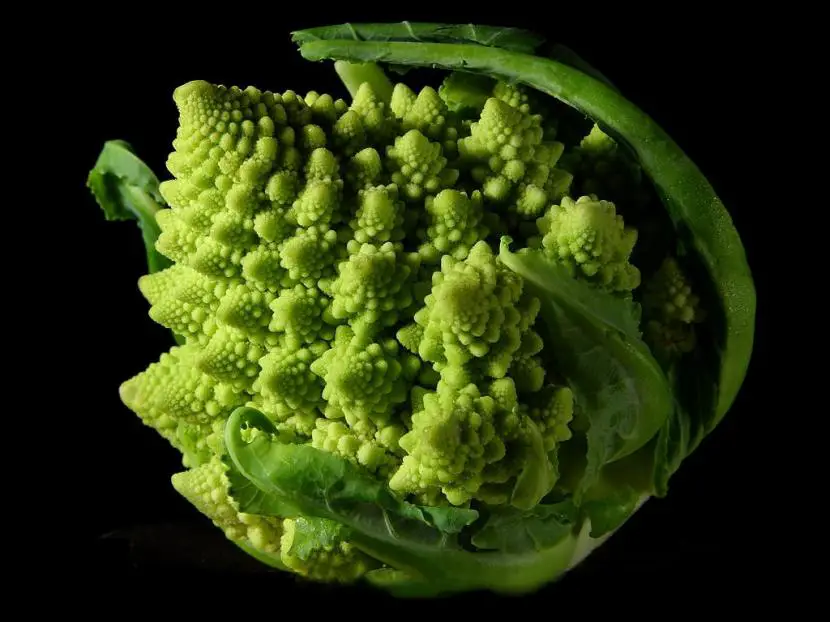
Have you ever noticed the growth patterns that plants have? If we look at them more closely, we will realize that they are repeating themselves. Thus, two branches of a tree will grow to form a ‘V’, and the twigs that sprout from them will follow suit.
This is known as fractal. And they create real wonders. Do you want to see fractals in plant nature? Take a look at these pictures.

Fractals were discovered in the XNUMXth century by mathematician Benoit Mandelbrot upon realizing that the theories that had been proposed to date they couldn’t explain the patterns that nature followedeven the human body. The characteristics of these wonders are the following:
- Conclusion self-similarwhich means that they are made from small copies of the same figure (in this case, the plant).
- They follow a recursive algorithm: that is, they are related to the Fibonacci number. And what is this number? Well, it is actually a series of numbers that, starting from unity, each of them is the sum of the previous two. For example: 1,1,2,3,5,8 … In addition, they are everywhere: from the leaves of plants, in flowers, in the development of branches, even in the form that animals have (including the human being).

Mathematics is a science that allows us to know more about the nature of things and beings, such as fractals. Once you start to see the plants in detail, you discover how magnificent they are as a whole, and how complex they really are . A complexity that makes us love and respect them more, don’t you think?
What do you think of this topic of fractals in plant nature? Have you read anything about him?

One thought on “Fractals in plant nature | Gardening On”